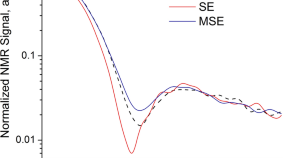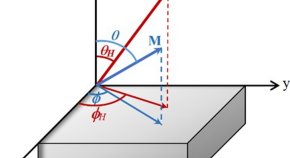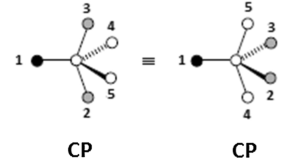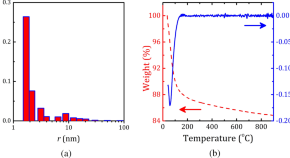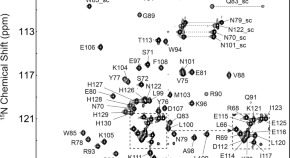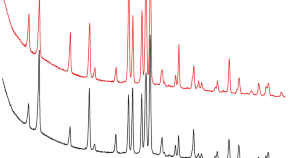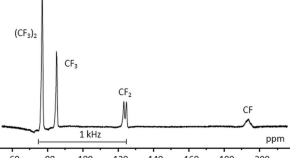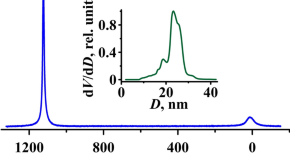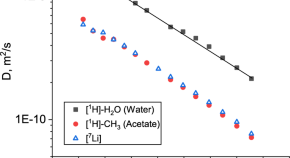Diastereomers of Cyclopropa[a]pyrrolizine Spiro-fused with a Benzo[4,5]imidazo[1,2-a]indole Fragment: Structure Determinations Using NMR Methods
Authors (first, second and last of 6)
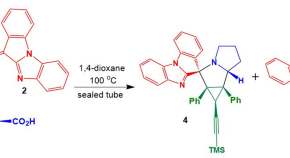
Collection
Vladimir Chizhik, Professor of the Saint Petersburg State University, was born in 1937 in Leningrad (now Saint Petersburg), graduated from Leningrad University in 1959; 1966 – Ph. D.; 1982 – Dr. Sci. (Radiophysics and Molecular Physics). In the Saint Petersburg (Leningrad) State University he consistently held the positions of junior/senior researcher, professor. In 1993 he organized the Chair of Quantum Magnetic Phenomena and was the Head of it during twenty years. His research fields are nuclear magnetic resonance in condensed matter and microstructure of liquid systems. He is a member of the Committee of the European Groupement AMPERE.
Born in 1952 in Kazan, Murat Tagirov is Dr. Sci. (Physical and Mathematical Sciences), Corresponding Member of the Tatarstan Academy of Sciences, Honored Professor of the Kazan Federal University and Honored Scientist of the Republic of Tatarstan, laureate of the Tatarstan Republic State Prize in the field of science and technology. Until 2022, he headed the Department of Quantum Electronics and Radio Spectroscopy of the Kazan Federal University and the Institute for Applied Research of the Tatarstan Academy of Sciences. He is an expert in the field of physics of magnetic phenomena, low-temperature physics and physics of nanostructures.

